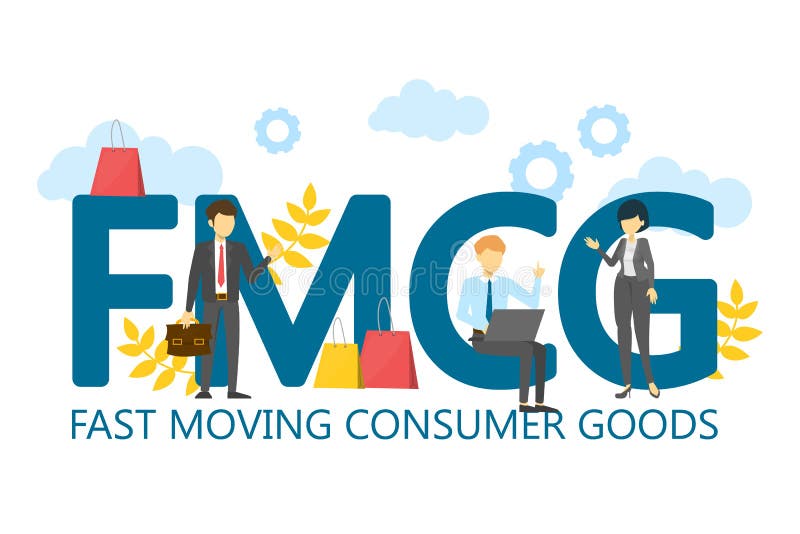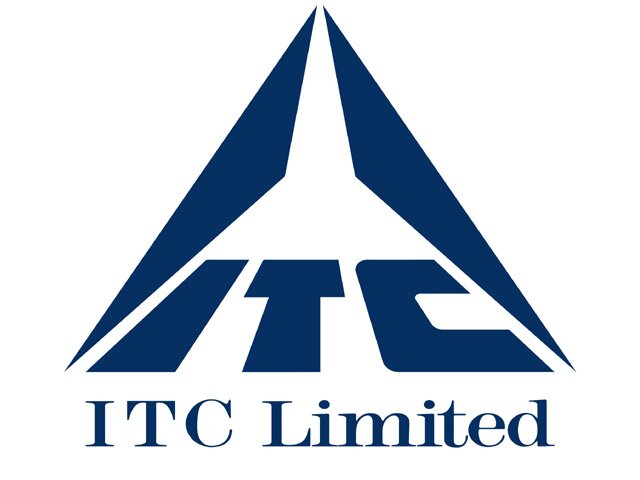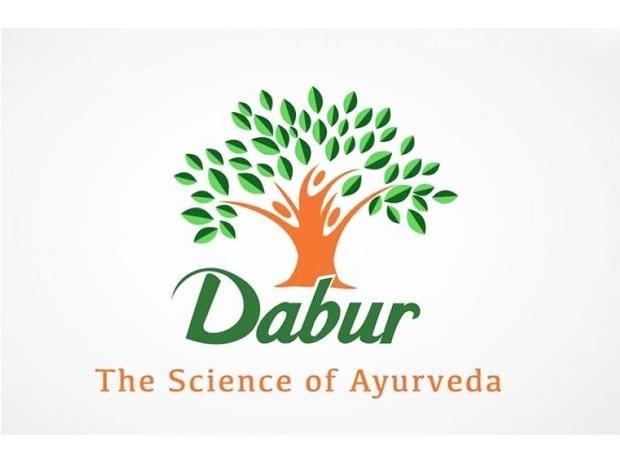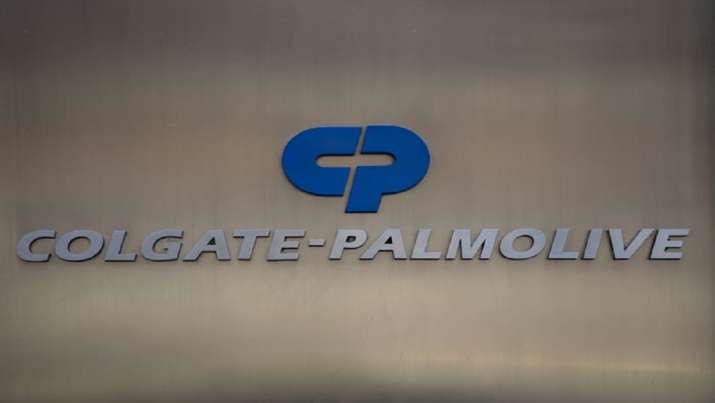Top 10 Best FMCG companies in India in 2023

Fast-moving consumer goods (FMCG) are inexpensive and easily sold. They may also be referred to as CPGs (consumer packaged goods). Packaged meals, beverages, toiletries, candy, cosmetics, over-the-counter medications, dry goods, and other items with short shelf lives are a few examples. In uncertain times, FMCG stocks are seen as protective investments. This is so because companies that sell consumer discretionary goods see fewer share price declines. Investors might thus think about including equities in this sector in their portfolio from this standpoint.
FMCG stands for fast-moving consumer goods. These items are often provided at prices that are convenient for most consumers to purchase, and the majority of people use them every day. Processed food, home care goods, grocery items, and drinks, over-the-counter medications including aspirin, fruits, vegetables, technological devices, and personal hygiene products are among the most popular FMCG products.
Fast-moving consumer items have a high inventory turnover rate. Specialty products, on the other hand, have lower sales and greater carrying costs. Numerous establishments, including hypermarkets, big-box retailers, and warehouse clubs, solely offer FMCGs. Because they only have a few shelves and must stock them with items that sell rapidly, small convenience stores also stock items that sell rapidly.
Vegetable foods and dairy items, which are often offered on a smaller margin, are the most popular FMCG goods. The Indian FMCG market has a value of 110 billion dollars in 2020 and is anticipated to grow to over 615.87 billion dollars by 2027. Since the advent of the internet, people have employed the research online, purchase offline (ROPO) strategy. To compete with their rivals, FMCG businesses have reduced their profit margins and invested in better machinery to produce better products.
Due to their desire to get the greatest discounts, Indian consumers are less likely to remain brand loyal. Therefore, FMCG businesses are always attempting to persuade consumers to purchase their goods through discounts and promotions. To encourage customers to buy their products, several businesses offer package discounts. The majority of FMCG firms don’t require large sums of capital to invest in their factories, machinery, equipment, and other fixed assets.
The amount of money earned at a fully improved manufacturing facility is typically five to eight times what was invested. Because the majority of commercial transactions are still made with cash or credit, companies have low capital intensity.
The FMCG sector is dominated by a limited number of large enterprises in the US, whereas it is made up of numerous small businesses in India. Companies are finding it increasingly challenging to get a larger market share as competition rises. The significant upfront investment is needed for marketing and advertising, product development expenses, market compatibility testing, market research, and most importantly, the product launch itself.
The three major categories of consumer goods include both long-lasting and short-lived products. Things like furniture and vehicles only last three years. The number of money consumers spends on durable goods is a common metric used by economists to gauge the state of the economy. Products with a short shelf life are consumed rapidly and have a lifespan of less than a year. Products that consumers buy and use rapidly fall into this category. Last but not least, services can also include items that are invisible or immaterial, like haircuts or vehicle washes.
India’s FMCG History
The fourth-largest sector of the Indian economy is the powerful FMCG industry. Between 2011 and 2018, the growth rate skyrocketed, rising from $30 billion to a predicted $74 billion. The industry is distinguished by the significant presence of multinational corporations; the fierce rivalry between organized and unorganized firms; and an advanced distribution system. The Indian FMCG industry is given a major boost by the availability of essential raw materials, cheaper labor, and a pervasive presence throughout the whole value chain.
Due to the low purchasing power of Indians and the government’s support of small-scale industries, this sector did not experience considerable expansion during the 1950s and 1980s. One of the few businesses that persisted and developed into market players was HUL and Amul. Amul transformed India’s dairy industry. Amul, which was founded in 1946, helped India experience a “white revolution” by organizing the previously unorganized dairy industry. They invented items like infant food made from buffalo milk and milk powder. Every year, the company sells over 3960 tons of milk products and is only growing.
HUL, another well-known player at the time, concentrated primarily on the urban market, which at the time represented a very small portion of the Indian population. When NIRMA entered the market and rocked the FMCG industry, it was a moment that changed the rules of the game. It was the first business to adopt the idea of “Value for Money” and turn FMCG into a staple good for the average person.
The wheel, yet another household item for many families, came along when MNCs focused on the urban and middle classes woke up to new market realities and spotted the latent rural market. With the liberalization of the Indian economy, both indigenous and foreign options have increased. The ever-increasing 1 billion-plus population prompted MNCs to invest more because of the decline in trade barriers. As a result, companies introduced anything from low-end detergent to high-end sanitary napkins as a result of rising living standards in metropolitan regions and the purchasing power of rural India.
Over the past ten years, their strategy has evolved into a two-pronged approach: first, they invested in extending their distribution network throughout India to increase their market. Second, upgrade current customers to value-added premium items and encourage them to use the current product lines.
As a result, you could see that practically all businesses—whether they were HUL, Godrej, or Marico—were competing with one another to reach rural consumers first. Their retail footprints in mid-sized towns and villages have each significantly increased. Some people who couldn’t accomplish it on their own have benefited from the distribution networks of other significant FMCG companies (P&G and Marico, for example).
As a result, businesses that ventured into rural India witnessed an increase in sales and profits. For instance, HUL is presently one of the greatest winners because 50% of its total sales originate in rural India.
The “sachet” revolution was one of the largest shifts to affect the FMCG sector. Detergent, shampoo, hair oil, cookies, chocolate, and a variety of other businesses have produced items in smaller container sizes at lower price points during the past three years. This is the one significant innovation that will help value-added goods in urban India (particularly tier II and tier III cities) and conventional FMCG items like detergents, soaps, and oral care in rural India reach new customers and increase market share.
The FMCG industry has gone a long way from being a luxury to becoming a necessity. It has significantly impacted our lives and overrun us with options.
These most recent changes have significantly changed how this industry looks.
First, emphasizing creating delicious yet nutritious meals virtually became a guarantee of success. The megatrend of health and wellness is influencing customer choices and purchasing behaviors, and FMCG firms are paying attention. Leading international and Indian food and beverage companies have embraced this trend and are concentrating on developing fresh, up-and-coming brands in wellness and health.
Second, event-driven advertising has begun to be threatened by the decline of traditional advertising, the growth of digital media, and new viewing platforms like Netflix, HotStar, and Jio Movies. Even Nestle used Snapdeal to prelaunch its noodles, demonstrating the reach of e-commerce.
The kids of today love speed. They desire packaged things that are more efficient, quick, and intelligent. In a world where the differences between products are eroding, the “desire for speed” trend emphasizes the significance of speed as a deciding factor for packaged goods items.
Some FMCG companies are now going back to their Indian roots. Whether it was Paperboat’s breakthrough into the Indian beverage business, Chedda Foods’ introduction of banana/tapioca chips, or Balaji Wafers’ victory in the extruded snack market, competitors with an ethnic focus, as opposed to, say, Kellogg’s or Domino’s, have taken market share from incumbents.
The future of this industry looks bright with the introduction of GST because, in addition to enhancing supply chain efficiency, GST will level the playing field for the bigger, more established participants in the industry by bringing previously untaxed firms into the tax net.
From US 49 billion in 2016 to US 103.7 billion in 2020, the FMCG market in India is anticipated to increase at a CAGR of 20.6%. The Indian rural FMCG market is anticipated to increase at a CAGR of 14.6% during the same period, from US$29.4 billion in 2016 to US$220 billion in 2025.
India’s transition to a cashless economy and the ever-increasing spread of e-commerce, aided by the GST and demonetization, are two of the most talked-about subjects at the moment. You may be sure that the Indian FMCG industry is going through some very interesting and turbulent times. Despite this, FMCG will continue to underpin the Indian economy and have a profound impact on all aspects of life.
- Hindustan Unilever (HUL)
One of the earliest FMCG firms in India is HUL. It is a division of the British-Dutch business Unilever. The business was founded in 1933, and Mumbai serves as its corporate headquarters. In over 87 years, more than 2 billion clients have been served by HUL.
![SWOT Analysis of Hindustan Unilever Limited (HUL) [Detailed]](https://www.projects4mba.com/wp-content/uploads/2020/10/swot-analysis-of-hindustan-unilever-limited.jpg)
HUL has around 35 brands spread across 20 categories, including toothpaste, skincare, cosmetics, skin care products, and soaps. Famous brands including Surf, Excel, Dove, Lux, Lifebuoy, Clinic Plus, Wheel, Sunsilk, Knorr, and Axe are among those associated with the company. Additionally, HUL successfully concluded the Rs 3,045 crore merger with GSKCH India in April 2020. Along with Horlicks, GlaxoSmithKline Consumer includes the brands Boost, Malkova, and Viva and is currently a part of HUL.
- ITC Limited
Indian Tobacco Company (ITC) Limited is the nation’s biggest cigarette producer and retailer. It was founded in 1910. Five business divisions make up the company’s operations: cigarettes, FMCG other, hotels, paper and packaging, and agribusiness. ITC Limited dominates the organized cigarette industry with a market share of more than 80% for its cigarette business. Even while sales of cigarettes account for just around 45% of the company’s total income, they account for roughly 85% of its total profit before taxes.

Only thirty years ago did the corporation begin operating in other FMCG sectors. However, it includes several well-known companies in this area. Aashirvad Atta, Bingo, Sunfeast, and Classmate are now at the top of their respective categories. The company’s topline is merely 4% derived from the hotel division. Agribusiness makes about 14% or so of the total revenue. Additionally, the paper and packaging industries make up almost 10% of overall income.
- Nestle Limited
Swiss-based Nestle is a multinational food and beverage corporation. The firm has been active for more than 150 years on a global scale. Nestle first started doing business in India in 1912 under the name Nestle Anglo-Swiss Condensed Milk Company. They provide for the dietary and health needs of Indian customers. Drinks, bottled water, milkshakes, morning cereals, quick meals, performance, health care nutrition, etc. are just a few of the numerous things that Nestle sells. They presently possess over 2,000 brands, including Nescafe, Maggi, Milky Bar, Kit Kat, Bar One, Milkmaid, and Nestea.
Furthermore, despite operating in a competitive market, Nestle Cerelac has an indisputable market share of 96.5% among babies 6 months and older who use it as a breast milk substitute.
- Amul
When it comes to FMCG firms in India, Amul doesn’t require an introduction. Amul, which has great brand value and outstanding FMCG stocks, is known for providing fast-moving consumer goods, most dairy products such as milk, ice cream, curd, butter, cheese, and ghee. It is necessary to state that Amul is one of the top FMCG companies in India when it comes to milk and milk-related goods.
- Britannia Limited
One of the nation’s oldest food-producing businesses is Britannia Industries. It was founded in Kolkata in 1892 with just Rs. 295 as the original investment. More than 5 million retail locations carry their goods. Over 50% of Indian households proudly utilize their selection of food products. The FMCG was the nation’s first company to sell products with no trans fats. They have a wide distribution network in 60 additional countries, including India.
Good Day, Tiger, Milk Bikis, Bourbon, Marie Gold, Cake, Cheese, Milk, and Yogurt are a few of their brands. In the organized bread market, the corporation has the most well-known brand.
- Dabur India Limited.
In the hair care category, it offers Amla, Vatika, and Almond hair oil; in the oral care category, Dabur Meswak and Dabur Lal Dant Manjan; in the skincare category, Dabur Gulabari; and in the food and beverage category, Real juice. It is a renowned FMCG firm in India that sells food and personal care items. Chawanprash, their product, controls a 60% market share in India. They have a 40% market share in the honey business. In FY21, the company’s ROCE was 28%, and its PE was 52.8.
- Marico Limited
Marico was founded in Mumbai in 1990. It started as a brand for coconut and refined edible oil before branching out into several categories of consumer products. Saffola and Parachute, two of its two brands, account for most of its success. Despite only being on the market for three decades, the firm has made significant progress in this field. With a 73% market share, Safola, a competitor in the premium refined edible oil sector, has maintained its dominance. Conversely, “Parachute” has a 59% market share. Up to 90% of their revenue comes from this as well.
It presently does business in 25 developing nations in Asia and Africa. To keep the slogan “Make a difference,” they continue to innovate in both production and packaging. A few well-known Marico brands are Parachute, Saffola, Nihar, Livon, Set Wet, and Mediker. Hair Code, Caivil, Black Chic, Isoplus, Code 10, and X-Men are a few of its internationally distributed items.
- Colgate Palmolive India Limited.
Oral care is a part of the personal care business that Colgate Palmolive India Limited does. Generalization occurs when a product outperforms an entire category due to its extreme popularity. Colgate’s market share fell to 51% when Patanjali Ayurveda began to dominate with its full line of ayurvedic goods. But Colgate has now stepped up its battle by introducing its new products. The company’s ROCE for FY21 was 96%, and its PE is at 36.

- Godrej Consumer Products Limited.
The business sells personal, home, and hair care items. India generates 54% of its income, which is followed by Indonesia, Africa, and Latin America, with respective sales of 17%, 24%, and 4%. The remarkable thing about this business is that it got its start making locks in 1897. Since that time, the firm has expanded into other industry sectors and is now one of India’s top FMCG corporations.
- Tata Consumer Products Limited.
One of the premier members of the Tata Group is Tata Consumer Products Limited. With brands including Tata Tea, Tetley, GoodEarth, and tea, the corporation is the largest tea company in the home market and the second-largest tea company in the world. It distributes salts, dals, pulses, spices, poha, and other culinary items under the trademarks Tata Salt, Sampann, and Tata Nx.
Conclusion
FMCG stands for fast-moving consumer goods. Durable goods are inexpensively sold in India. The fourth-largest contributor to India’s GDP is the FMCG sector. FMCG businesses market packaged meals, consumables, toiletries, and personal care items. Vegetable foods and dairy items, which are often offered on a smaller margin, are the most popular FMCG goods. The Indian FMCG market has a value of 110 billion dollars in 2020 and is anticipated to grow to over 615.87 billion dollars by 2027.
India is a developing country that has been developing throughout time. India’s FMCG industry is crucial to the country’s growth and prosperity. The leading Indian FMCG companies that are meeting customer demand have been mentioned. Due to the excellent caliber of their goods and products, they now have a place in every family.




